Since 2007, the Knight News Foundation has awarded millions of dollars in grants to fund “innovative ideas that develop platforms, tools and services to inform and transform community news, conversations and information distribution and visualization.” There were 12 grants awarded this year, and three of them deal with maps. The folks at Stamen scored the biggest grant at $400k for their project CityTracking:
To make municipal data easy to understand, CityTracking will allow users to create embeddable data visualizations that are appealing enough to spread virally and that are as easy to share as photos and videos. The dynamic interfaces will be appropriate to each data type, starting with crime and working through 311 calls for service, among others. The creators will use high design standards, making the visuals beautiful as well as useful.
That’s obviously something we’ll need to keep an eye on.
The other two mapping projects were GoMap Riga (Marcis Rubenis and Kristofs Blaus), which will place real-time local news on maps and Tilemapping (Development Seed), which will be a tool to help journalists make maps more easily.
Broken record, yes I am, but data is gonna be big I tells ya. Big.
See the quick ten-second pitches from all twelve winners below. I’m intrigued by The Cartoonist. They’re going to use cartoon-like games to get engaged readers and get them involved in the news.
Read More



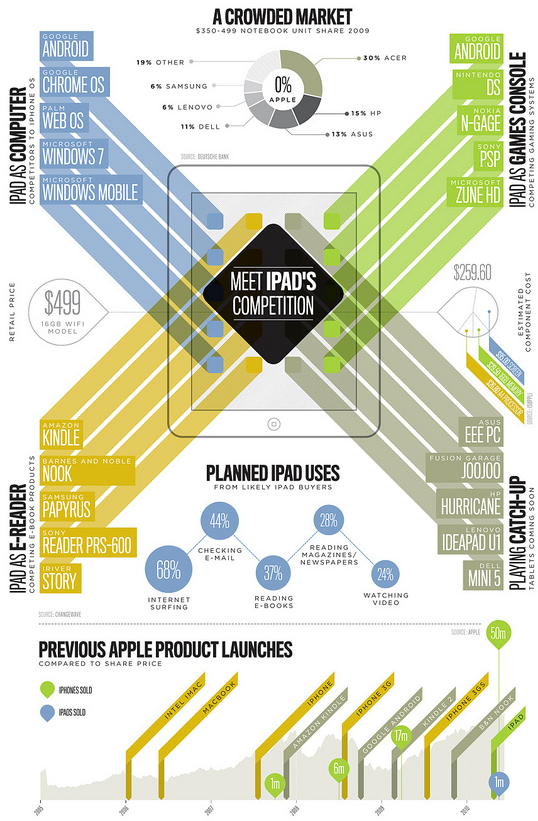



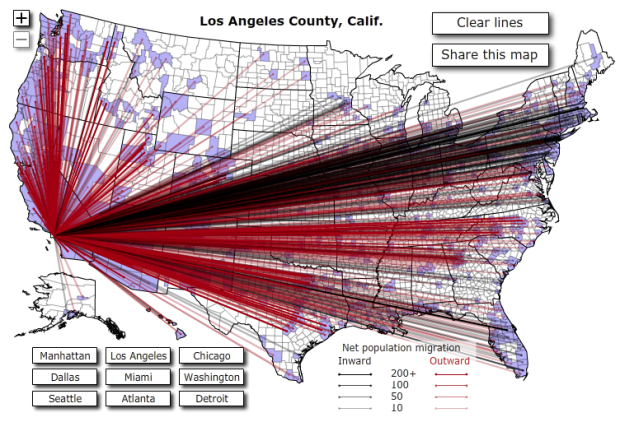
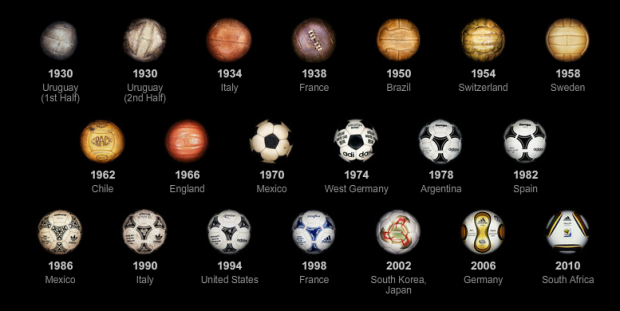
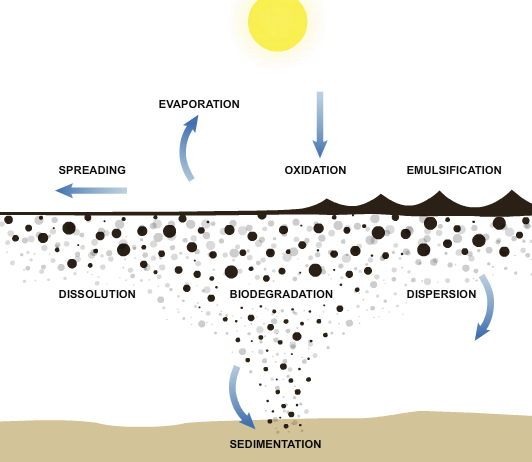
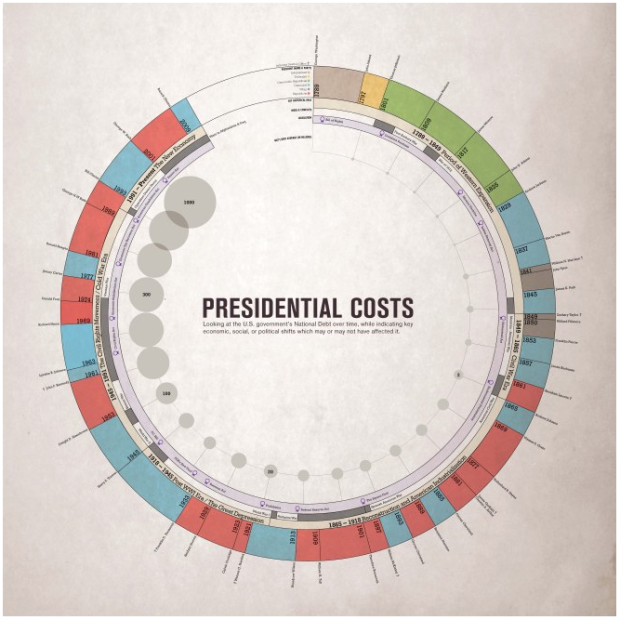

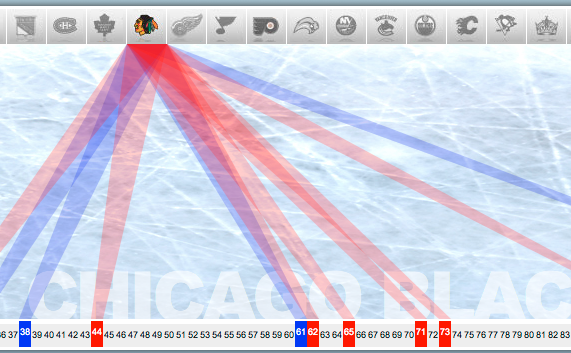
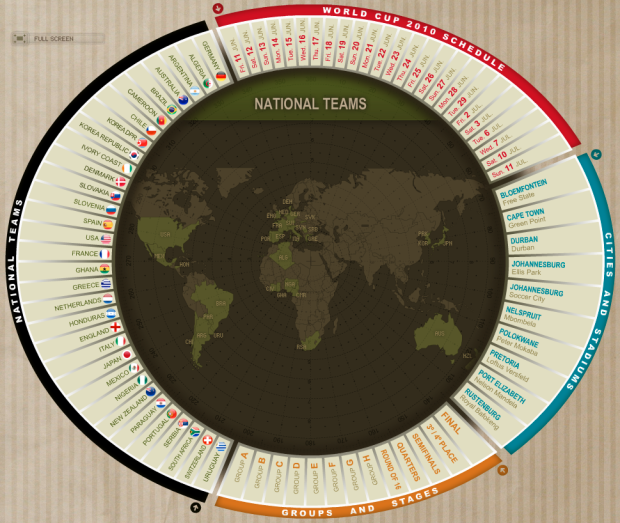
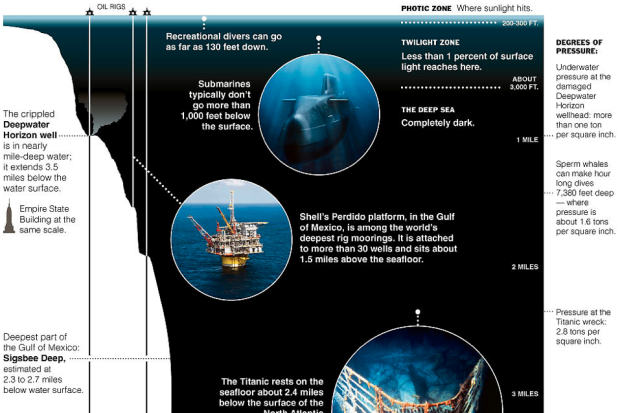
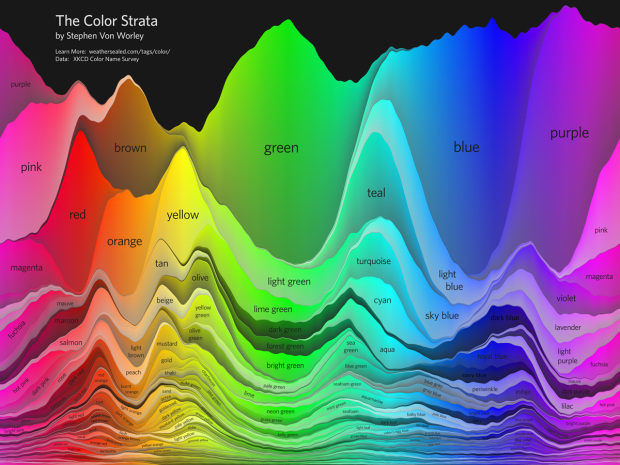


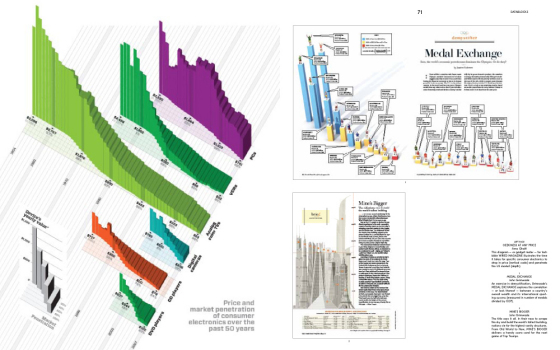
 Visualize This: The FlowingData Guide to Design, Visualization, and Statistics (2nd Edition)
Visualize This: The FlowingData Guide to Design, Visualization, and Statistics (2nd Edition)










